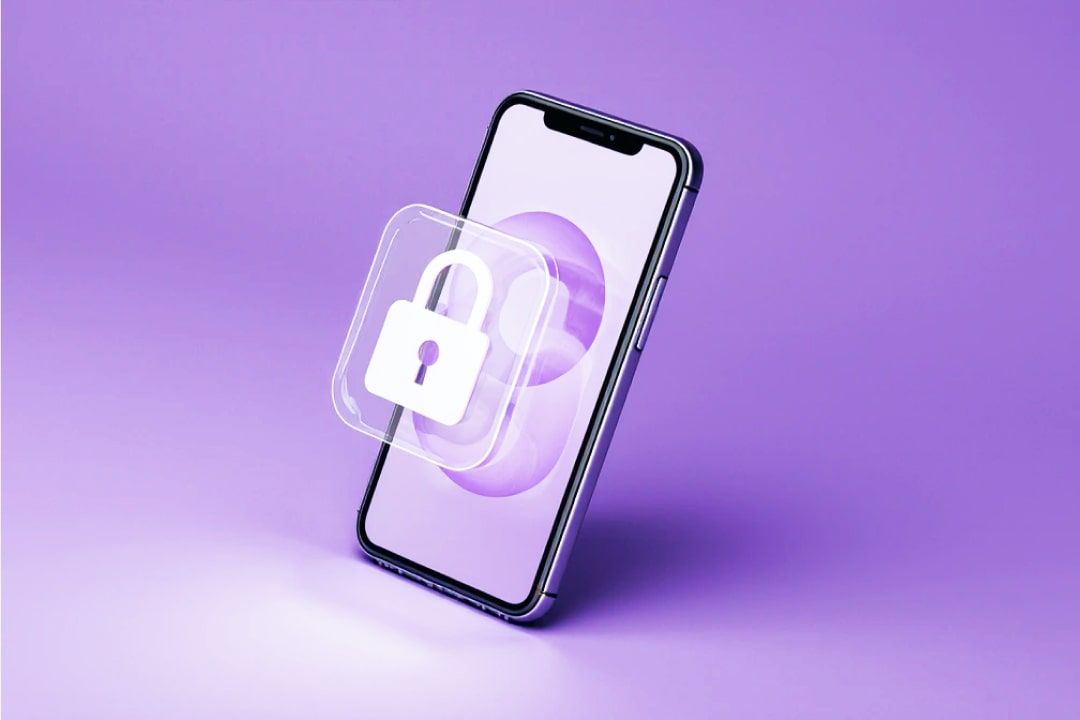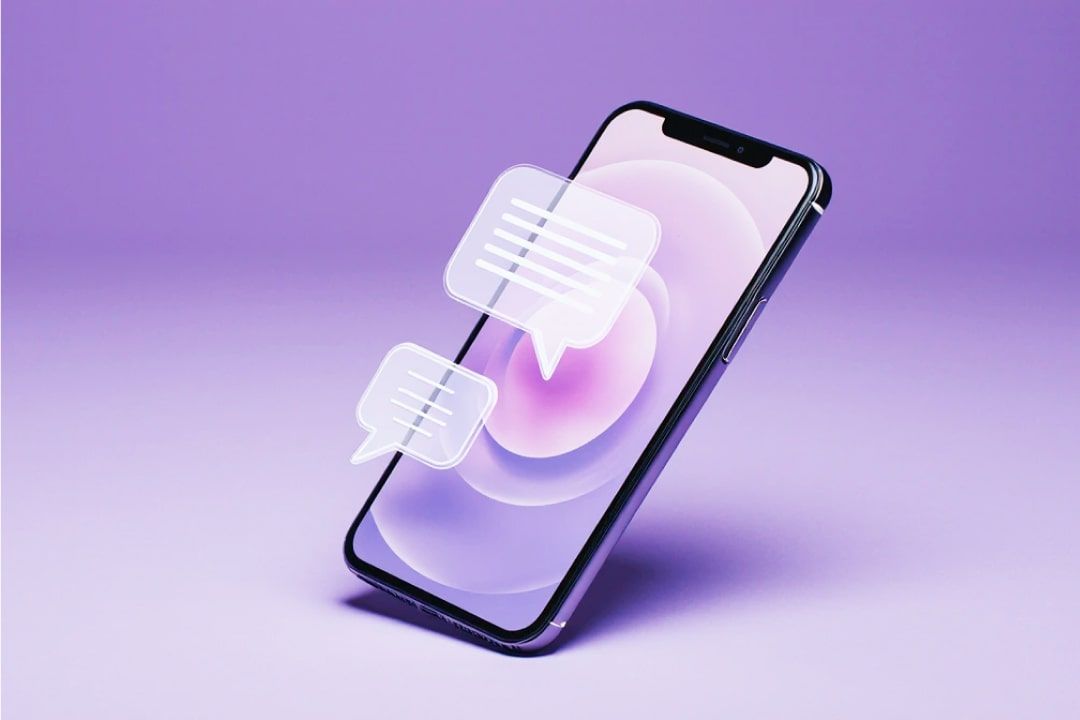According to rough estimates, 3.4 billion phishing emails are sent daily, which means that each of us is tested by scammers almost every day. Despite enhanced security measures, massive data leaks are becoming more frequent. 2024 saw one of the biggest leaks that potentially exposed 2.9 billion records with data related to 170 million people.
While some attacks, like clumsily generated phishing emails, are easy to detect and deflect (most don’t even make it past your spam filters), others are trickier and more sophisticated. They are designed to exploit your trust, or trigger an immediate reaction, bypassing your common sense of caution. In fact, 68% of data breaches in 2024 involved human errors.
Even if you follow best practices for digital hygiene, you're not entirely immune to data leaks exposing personal information to attackers. In this article, we'll discuss common cybercrime threats and how personal cyber insurance can help you deal with them.
Types of cybercrimes
Cyber attack
That could mean someone gaining unauthorized access to your device (access without your permission) or installing malicious software designed to damage or disrupt your device. Usually, it happens via an innocently looking file attached to an email or via downloading a “new codec” (the classic Trojan horse) to watch a video.
Cyber extortion threat
Once malicious software enters your device, it can do various things to your stored data—it may corrupt, alter, disable, encrypt, or destroy it. By making such threats, criminals attempt to extort ransom money.
There’s a difference between the costs of cyber extortion and ransom money. Costs incurred as a direct result of cybercriminals’ actions (like loss, encryption, or corruption of your data) are costs of cyber extortion. Ransom money that you or someone on your behalf surrendered to cybercriminals to end the threat is not included here.
Credit card fraud
Cybercriminals use or modify your data to steal money from your bank account or Apple/Google wallet. Credit arrangements under your name are an example of such fraud.
Identity theft
This occurs when someone uses your personal information (email address, phone number, password, one-time password) to impersonate you. The attacker usually aims to gain access to financial or other digital accounts.
Phishing and theft of funds
Fraudsters pretend to be trusted individuals or legitimate companies to trick you into transferring money or handing over personal information (including your passwords and credit card details).
Some phishing scam tricks are quite popular: “Congratulations, you've inherited a fortune" from a distant relative you've never heard of is a usual one. Scammers would ask you to transfer a small amount of money or fill out a form with personal details.
But online scammers constantly invent new tricks, often targeting their victims’ emotional distress and sense of urgency. They may pretend to be security officers or government representatives. That is why phishing still leads to such financial losses.
Online shopping fraud
Someone pretending to be a trusted seller or a legitimate marketplace company such as Temu or AliExpress, tricks you into paying for goods that will never arrive. This may sound like something that would only happen to inexperienced online shoppers, but it happens a lot. Up to 38% of reported scams yearly are related to online shopping fraud.

What is Personal Cyber Helpline
To help with recovery from cybercrime losses, personal cyber insurance is now available to QIC customers as an optional add-on to home contents, car insurance, or outbound travel insurance. The policy covers cyber attacks, cyber extortion threats, identity theft, credit card fraud and phishing, theft of funds, online shopping fraud and corrupted smart devices due to cyber attacks.
The insurance not only covers your financial losses, but also includes access to the Personal Cyber Helpline. If you suspect that you've been a victim of cybercrime and your personal or financial information is endangered, you must call the helpline before making a claim.
Disclaimer: Please note that the policy agreement contains legal definitions of each cyber crime. This article only provides general explanations.

If you notice suspicious activity or face any incident with cyber criminals, follow these steps:
-
-
Contact the Personal Cyber Helpline.
-
Follow the instructions provided by a Helpline specialist.
-
Once the incident is verified and registered, you can file a claim.
-
Losses will not be covered unless you contact the Cyber Helpline in advance and report the incident within 15 days of discovering it.
How to keep your devices safe
Steps below are required if you decide to purchase the policy, but we strongly encourage following them regardless- they're simply smart practices to protect your data and money:
-
Back up original data on your computer system at least once every 30 days. If a service provider processes or stores your data, make sure the contract allows data to be backed up.
-
Change the default or original password on your computer system and connected device.
-
Install valid antivirus software on your computer system.








